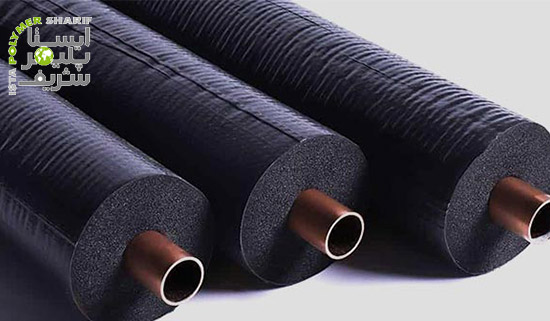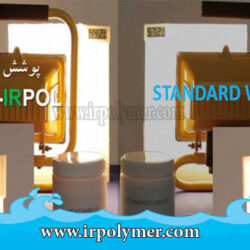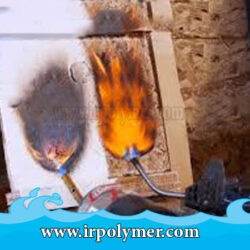Insulation work has applications in various industries that can prevent energy loss and reduce energy consumption. Elastomeric insulation is a product produced today with advanced technology and serves as a suitable replacement for older methods such as using fiberglass, rock wool, polyurethane foam, etc. Join us to become familiar with this insulation and its various types, and examine their features. To procure this product, you must first fully understand its various aspects so that you can use it according to your needs.
What is Elastomeric Insulation?
Elastomeric insulation is one of the most commonly used products for thermal and cooling insulation of various installations. This insulation has a closed-cell structure and is composed of elastomeric compounds. This structure helps it function properly as both a heat and cold insulator. This insulation, also known as blanket insulation, is used in various industries such as HVAC ducts, food and pharmaceutical industries, automotive, oil and gas industries, etc. Elastomeric insulation comes in various types that enter the market, each with its own specific structure and properties, resulting in different performances.
Types of Elastomeric Insulation
Elastomeric insulations generally enter the market in two groups: roll and pipe insulation, each of which is produced in different sizes and thicknesses depending on customer needs.
Roll Insulation
Roll insulations are usually produced with widths of 100 and 120 centimeters, with thicknesses ranging from 6 to 50 millimeters. Applications of this insulation include insulation of pipes with diameters greater than 4 millimeters and HVAC duct insulation. This insulation enters the market in various types, including:
Aluminum-coated roll insulation
Aluminum-coated roll insulation, which has greater resistance to UV rays. Aluminum coatings for this insulation are available in thicknesses ranging from 130 microns to 400 microns, allowing consumers to apply coatings of desired thicknesses onto roll insulation according to their needs.
Self-adhesive roll insulation
One of the perennial challenges of using insulation in various industries is the installation process, which often requires significant time and expense. However, self-adhesive roll insulation is easy to implement. By using self-adhesive roll insulation, there is no longer a need for skilled labor and significant costs.
Pipe Insulation
This insulation has various types, with one of the most commonly used being copper pipe insulation. This type of insulation has extensive applications in industry and is a suitable option for insulating water pipes, facility pipes, and engine rooms. Pipe insulation, like the previous example, enters the market in various sizes and thicknesses, allowing consumers to purchase samples according to their needs and budget.
The Importance of Using Elastomeric Insulation for Plastic Pipes
As you know, using insulation greatly reduces energy loss. Therefore, it can reduce energy consumption and costs. Plastics have low thermal conductivity and, like metals, do not easily lose their temperature. However, using insulation on plastic pipes can prevent up to 75% of heat loss, greatly assisting in energy conservation. Additionally, insulation prevents condensation and freezing inside pipes, helping to maintain the health of installations.
Installation of Elastomeric Insulation
Elastomeric insulations are available in two models: adhesive and non-adhesive, with the adhesive model having a layer on the back of the product for installation using this adhesive layer, eliminating the need for skilled installers and other equipment. However, non-adhesive samples are installed using a special adhesive that, due to its adhesive structure, is highly resistant to thermal stress and moisture penetration. This adhesive also withstands open space under snow and rain. Usually, liquid adhesive for insulation is available in cans ranging from 1 to 14 kilograms, allowing consumers to purchase suitable samples according to their conditions.
Application of Elastomeric Insulation in Engine Rooms
One of the most suitable insulations for insulating engine rooms is this insulation. As mentioned earlier, this insulation is used to reduce energy and fuel consumption, and its presence in engine rooms can prevent up to 20% of energy loss. This insulation enters the market in various samples and has more variety than older insulations. For example, you can use aluminum-coated insulation for insulation in this space and choose its coating properties based on the conditions of the engine room. Insulation can be used in various parts of an engine room such as water pipes, radiators, sources, collectors, etc.
Conclusion
Elastomeric insulation is a useful product for insulation work in various industrial installations, significantly reducing energy and fuel losses. Using this type of insulation is easier than traditional methods and has higher efficiency. In this article, we have thoroughly examined the various types of elastomeric insulation and their features. It is advisable to select the size, thickness, type, coating material, etc., before choosing this insulation and inquiring about the price. Then negotiate with sales consultants from different companies to find the most suitable sample.”





